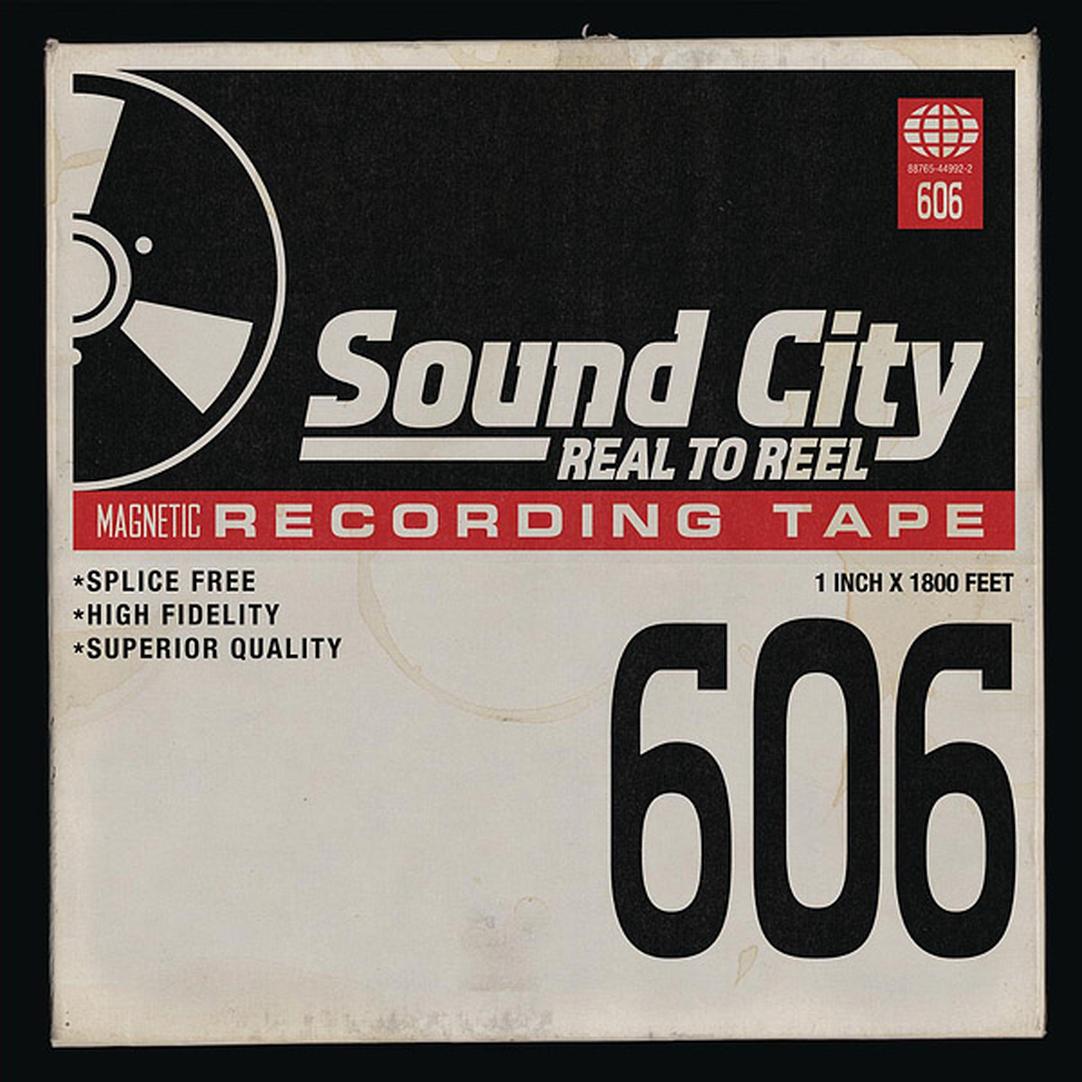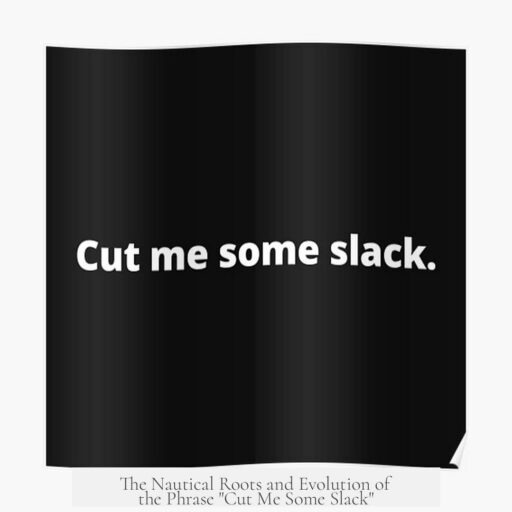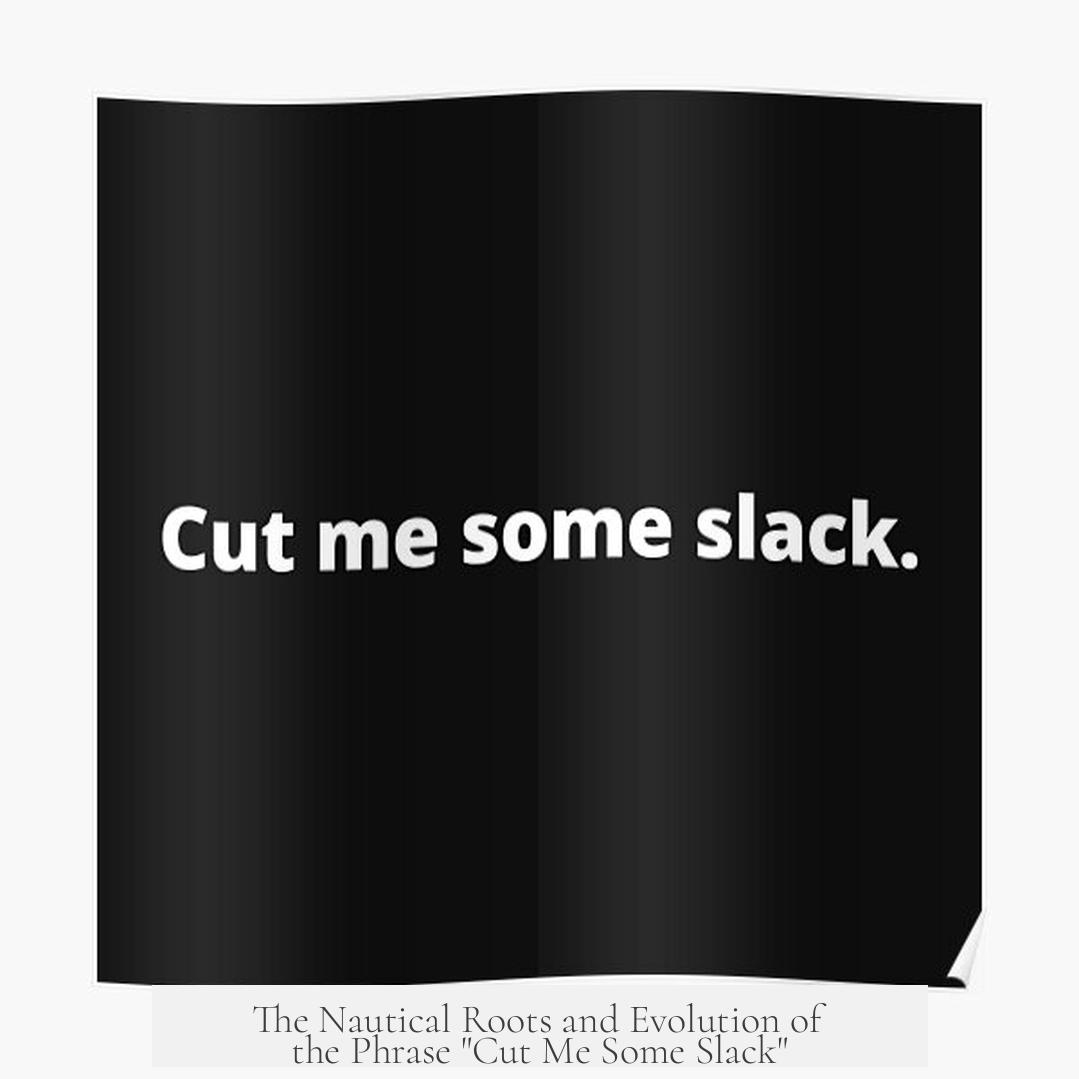The phrase “cut me some slack” originates from nautical terminology, specifically from the practice of handling ropes on a ship. It initially meant to release tension on a rope or line, allowing for some looseness or flexibility. Over time, this phrase evolved into a common idiom asking for leniency or relief from pressure.

The term “slack” itself has deep roots in the English language. It traces back to Old English, where it meant idle or lazy, and was used as early as 897. By 1386, Geoffrey Chaucer employed it to describe something loose or not taut. In a sailing context, “slack” refers to the loose part of a rope, crucial for managing tension when docking or adjusting sails.
Handling ropes involves alternating between tension and relaxing the line. When sailors asked to “give me some slack,” they were requesting a release in tension to more easily manipulate the ropes. This practical application formed the basis for the phrase’s literal sense.

Interestingly, slack was often viewed negatively in nautical terms. A “slack helm” referred to a poorly controlled ship, while a “slack man” was someone lazy or inefficient. However, allowing some slack was necessary to maintain flexibility and avoid damage, much like easing pressure in a difficult situation.
The history of the idiomatic phrase follows a timeline:

- “Give him some slack” appeared around 1900 in English texts.
- The shorter form “to cut slack” dates back to about 1895, used to mean easing off tension.
- The exact phrase “cut him some slack” became common in the 1960s.
In modern usage, asking someone to “cut me some slack” means requesting understanding or a break from strict expectations. The expression metaphorically draws from the need to ease tension in ropes to allow movement or relief in a challenging situation.
- The phrase comes from nautical terms involving rope tension.
- “Slack” means to release tension or loosen.
- Early uses date back to Old English, evolving through Chaucer.
- “Cut slack” appears in the late 19th century; “cut me some slack” in the 1960s.
- It now means to offer leniency or reduce pressure.
The Origin of the Phrase: Cut Me Some Slack

Ever wondered why we say, “Cut me some slack”? It’s one of those phrases everyone tosses around, but rarely digs deeper into. Well, buckle up! We’re about to dive into the fascinating maritime roots and linguistic twists of this everyday expression.
The phrase “cut me some slack” basically means to ease up or be lenient. But where did it come from? The answer is surprisingly nautical.

Shipshape Beginnings: Slack in Sailing
Imagine a crew docking a ship. There’s a rope—called a line—tightly held in hands. The tension is high, literally. When it’s time to ease off, one sailor calls, “Give me some slack!” That means: loosen the line a bit, release tension so the process goes smoothly. The word “slack” here is a verb, meaning to release tension.

This back-and-forth of tension and release was crucial for docking ships properly. The phrase “give me some slack” was a practical command and soon sailed its way into regular speech. It’s all about relieving pressure, quite literally.
Slack: More Than Just Loose Rope
The term “slack” is ancient. Its roots dig into Old English, dating back to 897, meaning “idle” or “lazy.” This isn’t a flattering meaning, especially in the nautical world. A ship described as “slack in stays” meant it was slow or inefficient. And calling someone “slack” could imply laziness. So here’s a twist: while “slack” can mean ease or loosen, it carries a shadow of negativity.
Geoffrey Chaucer, the father of English literature, used “slack” in 1386 to mean “loose” or “not taught.” That’s a straightforward nod to the tension-release concept—things aren’t tight or tense, they’re slack.
As a noun, “slack” referred to the loose part of a rope. Sailors were masters at this; they depended on ropes and lines every day. Having “slack” rope meant there was room for movement and adjustment, essential skills onboard a ship facing wind and waves.
Why Slack Matters in Sailing—and Life
Slack rope isn’t just about giving space; it’s also about flexibility. Think of a rope with too much tension—it can snap under strain. When there’s slack, the rope can absorb sudden forces, like a gust of wind hitting the sails, or allow freer movement if you’re tying knots or climbing. This idea metaphorically fits how we use “cut me some slack” today: give me room to breathe or make mistakes.
The Phrase Timeline: From the Ropes to Our Conversations
Tracking exact phrases is always tricky. However, Google’s Ngram data shows “give him some slack” was in use as early as 1900. The phrase “to cut slack” dates back to 1895. Yet, “cut him some slack,” the form we’re familiar with, doesn’t appear in print until the 1960s.
So, between the late 19th century and mid-20th century, the phrase evolved from a sailor’s practical command to a common idiom meaning “ease up,” or “be patient with me.”
How This Nautical Term Made Landfall in Everyday Speech
Why did such a sea-faring term stick around? Because it taps into a universal need: relief from pressure. Whether it’s a line on a ship or the stress of daily life, everyone occasionally needs to ask, “Cut me some slack.” It’s a way of saying, “I’m doing my best, so ease the expectations.”
Think about it: we all face moments when tension builds, be it at work, school, or home. To “cut someone some slack” means to allow some leeway, forgive small mistakes, or simply give them a break.
Practical Tips for Using “Cut Me Some Slack” Effectively
- Know Your Audience: Using this phrase works well in informal situations. It shows humility and asks for understanding without sounding weak.
- Timing Matters: Don’t overuse it. Constantly asking for slack might imply that you’re “slack” in the negative sense—lazy or unreliable.
- Use It to Build Empathy: If someone says “cut me some slack,” consider their context. Maybe they’re under pressure or overwhelmed.
- Remember the Literal Meaning: The root image of a rope loosening can remind us of the importance of flexibility. Sometimes, tension needs release—whether in ropes or relationships.
Did You Know?
The phrase’s literal roots in sailing give it a tactile feeling, unique among idioms. Next time you use “cut me some slack,” picture a sweaty sailor easing that line.
A Fun Visual Metaphor
Imagine a tightrope walker demanding slack in their rope—too tight, and the rope might snap; too loose, and they’ll fall. That’s life’s balance. Phrases like “cut me some slack” remind us that a little looseness often prevents breakage.
Wrapping Up: More Than Just a Loose Rope
So now you know the story behind “cut me some slack”—a phrase born on the decks of ships, passed through centuries, and finally dropped in everyday talk like a helpful sailor’s command. It’s about easing pressure, forgiving faults, and allowing freedom just like a bit of slack in a rope keeps a ship safe.
Next time you use this phrase, picture the tension of sailors hauling ropes, the rhythms of the sea, and the centuries of English language shaping it. Then, maybe, you’ll appreciate it just a bit more.
What is the original meaning of the word “slack” in the phrase “cut me some slack”?
The word “slack” originally meant to release tension. In sailing, slack referred to loosening ropes to reduce tightness. This sense of looseness is key to the phrase’s meaning.
How did the phrase “cut me some slack” develop from nautical terms?
In sailing, to “give some slack” meant easing a rope’s tension. Crew members would call for slack when it was their turn to haul. “Cut me some slack” evolved as a metaphor for easing pressure or rules.
When did the phrase “cut me some slack” first appear in English?
The phrase “cut slack” dates back to 1895. However, “cut me some slack” specifically began to appear in the 1960s. Earlier forms like “give him some slack” were used around 1900.
Does the word “slack” have negative meanings related to laziness?
Yes. Historically, “slack” could mean lazy or inefficient, especially in nautical contexts. A slack crew or slack helm referred to poor performance or slow reaction on a ship.
How does the concept of slack relate to flexibility and movement?
Slack allows for sudden tension and freer movement, like ropes adjusting to wind or knots being tied. This physical looseness turned into a metaphor for leniency or relief in the phrase.




